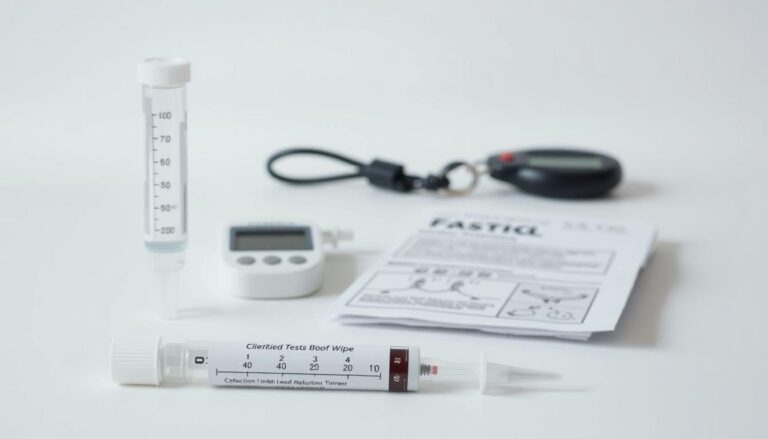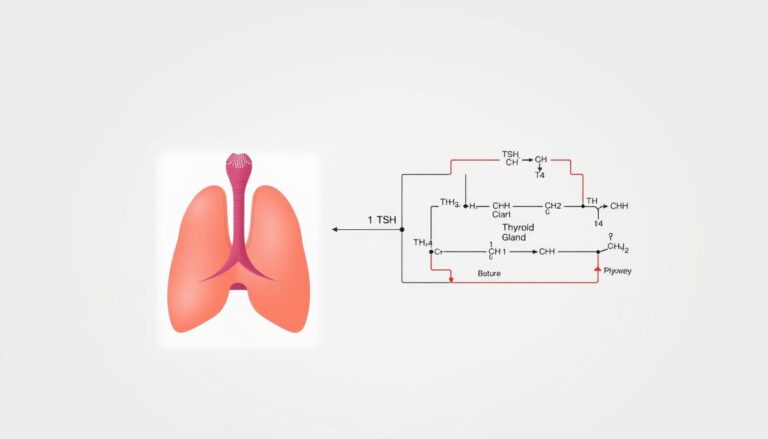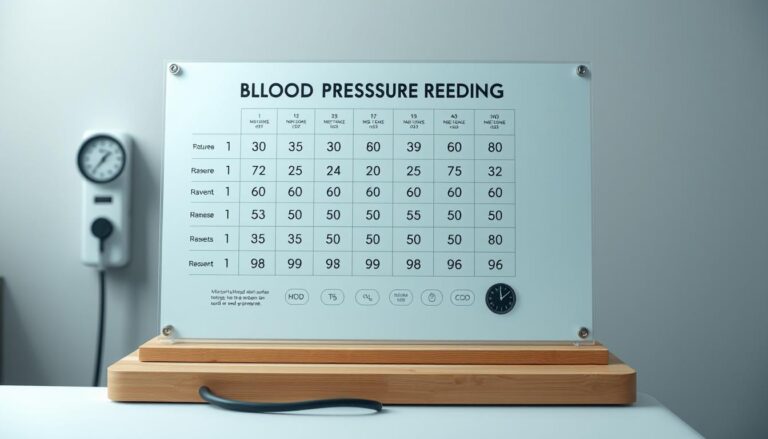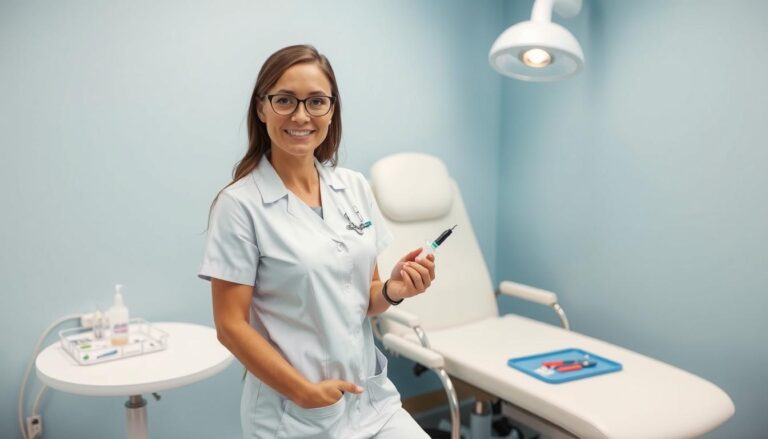Managing Anxiety & Pain During Home Phlebotomy
Ever felt your palms sweat at the thought of a routine medical test? You’re not alone. Millions across India find home healthcare procedures challenging, especially when needles are involved. We’ve seen how apprehension about these moments can overshadow the importance of maintaining your well-being.
Medical testing at home should feel convenient, not overwhelming. For those who feel uneasy, even familiar environments can become sources of nervousness. Physical reactions like a racing pulse or shaky hands often stem from deeper concerns – whether it’s discomfort with medical tools or memories of past experiences.
Ignoring necessary tests risks delaying vital health insights. Our approach combines practical techniques with compassionate care. Through simple preparation methods and clear communication, we help reshape how you perceive these essential check-ups.
This guide offers actionable steps to ease both mind and body. From breathing exercises to creating a soothing environment, you’ll discover ways to reclaim confidence in your healthcare journey. Together, we’ll turn apprehension into empowerment, one calm step at a time.
Understanding Anxiety and Pain in Home Phlebotomy
What makes some people postpone vital health checks they know could save their lives? The answer often lies in deep-seated psychological responses to medical procedures. These reactions aren’t mere preferences – they’re survival mechanisms wired into our biology.
Exploring the Roots of Medical Test Anxiety
Our brains sometimes misinterpret medical tools as threats. This primal response triggers adrenaline surges, even when we logically understand the procedure’s safety. For many, this reaction links to childhood memories or past traumatic experiences with healthcare providers.
Three key factors intensify these responses:
- Genetic predisposition to heightened stress responses
- Learned behavior from family members’ medical fears
- Negative reinforcement from previous painful procedures
The Role of Needle Phobia and Related Fears
Trypanophobia affects nearly 1 in 4 adults, according to recent studies. This specific fear of needles often coexists with broader health concerns. Many people with this phobia also experience:
- Distress about potential diagnoses
- Embarrassment about visible physical reactions
- Worry about losing consciousness during procedures
Chronic health conditions requiring frequent testing create particular challenges. Those managing diabetes or thyroid issues often need regular monitoring, making confrontation with their fear needles unavoidable. Left unaddressed, this avoidance cycle can worsen existing diseases and delay critical care.
Managing Anxiety During Blood Draw
Why does a routine health check feel overwhelming for so many? Our team recognizes that specific triggers transform simple tests into stressful events. Understanding these factors helps create personalized strategies for smoother experiences.

Common Stressors in Collection Scenarios
Four primary elements often heighten discomfort. Visual cues like medical equipment preparation activate immediate physical responses. Past negative encounters leave lasting mental imprints that resurface with similar situations.
The sense of powerlessness proves particularly challenging. Individuals report feeling trapped when unable to influence timing or methods. This perceived lack of agency amplifies physical sensations beyond their actual intensity.
Environmental Influence on Wellbeing
Home-based services transform testing dynamics completely. Familiar spaces reduce sensory overload from clinical smells and sounds. Patients choose seating arrangements, background music, and lighting levels that ease their mind.
Support systems function better in personal environments. Family members can hold hands, share stories, or provide comforting touch without institutional restrictions. This emotional safety net helps many maintain composure throughout the process.
Techniques and Strategies to Minimize Pain and Fear
Simple adjustments can transform medical testing from stressful to manageable. We focus on evidence-based approaches that address both physical sensations and mental worries.
Breath Control and Mental Focus
Controlled breathing patterns calm racing thoughts. Practice inhaling for three seconds through your nose, then exhaling slowly through pursed lips. Pair this with progressive muscle relaxation: tense your feet for five seconds, then release. Move upward through each muscle group.
Engaging the Senses Strategically
Distraction methods reduce focus on medical tools. Try counting ceiling tiles backward or naming colors in the room. Some find relief in scented oils – lavender or citrus can create calming associations.
Physical Preparation Essentials
Proper hydration plumps veins, making them easier to locate. Apply moisturizer to the inner elbow area twice daily before testing. Consider these comparisons:
| Technique | Benefit | Best For |
|---|---|---|
| Warm compress | Enhances vein visibility | Cold extremities |
| Numbing cream | Redces insertion sensation | Needle sensitivity |
| Reclined position | Prevents lightheadedness | History of fainting |
Those with trypanophobia often benefit from discussing numbing options beforehand. Positioning choices like lying down or using supportive pillows help maintain comfort. Remember to communicate preferences clearly with your healthcare provider.
Patient-Centered Care: Phlebotomist Tips and Best Practices
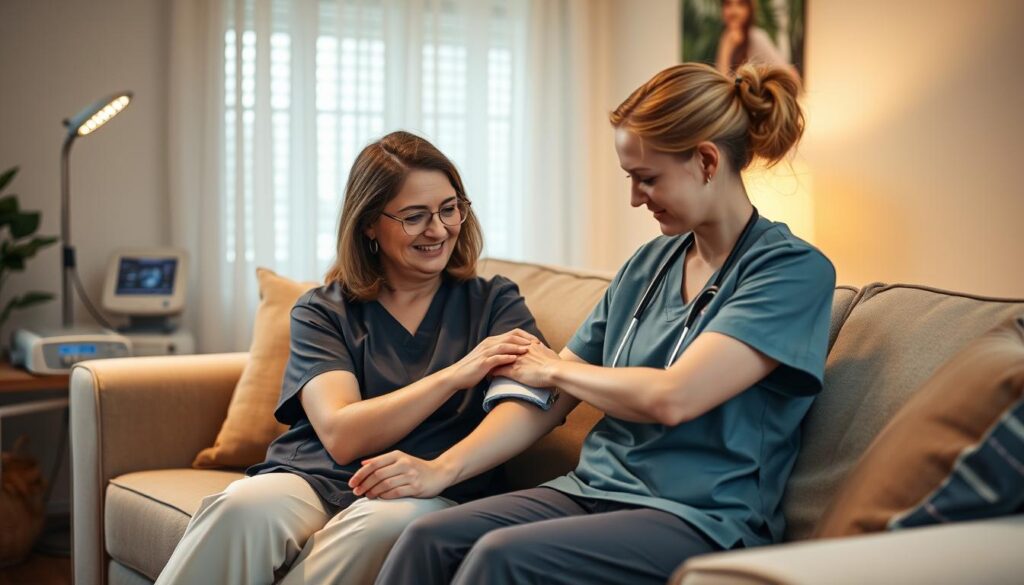
Trust transforms routine medical care into supportive experiences. Skilled phlebotomists combine technical expertise with emotional awareness, creating spaces where people feel heard and respected. This approach proves particularly valuable for those managing trypanophobia or needle-related concerns.
Building Rapport Through Clear Communication
We start every procedure by explaining what to expect. Simple phrases like “First, I’ll clean your arm” or “You’ll feel slight pressure” prepare people mentally. Open-ended questions help identify specific worries: “What would make this easier for you?”
Active listening remains crucial. Many patients appreciate knowing they can pause the process anytime. Sharing factual information about needle sizes or sample requirements often reduces fear needles trigger.
Adjusting Techniques Based on Individual Needs
Personalization defines quality healthcare. For some, this means using butterfly needles for delicate veins. Others benefit from lying down or having family members present. We maintain a toolkit of options:
- Child-friendly language for younger patients
- Distraction methods like music or conversation starters
- Numbing sprays for heightened sensitivity
Regular feedback loops ensure techniques evolve with patient needs. Those with needle phobia often report better experiences when given control over procedural pace. Small adjustments create big differences in comfort levels.
Conclusion
Regular health monitoring remains vital for preventing and managing conditions affecting millions. Our shared experiences show that with the right techniques, medical care becomes less intimidating and more empowering. Each step forward strengthens your ability to prioritize well-being.
The methods we’ve explored—from tailored communication to sensory management—help reshape how patients approach necessary procedures. These strategies work best when combined with compassionate professionals who prioritize your comfort. Remember, seeking support for persistent fears demonstrates proactive self-care.
Modern healthcare thrives on partnership between individuals and providers. Blood tests offer critical information for detecting diseases early and maintaining treatment effectiveness. By embracing practical tools and trusting skilled teams, you transform challenges into manageable routines.
Your journey toward confident health management starts here. Schedule that postponed check-up, share your preferences openly, and witness how small changes create lasting peace of mind. Together, we build healthier futures through informed, courageous choices.

